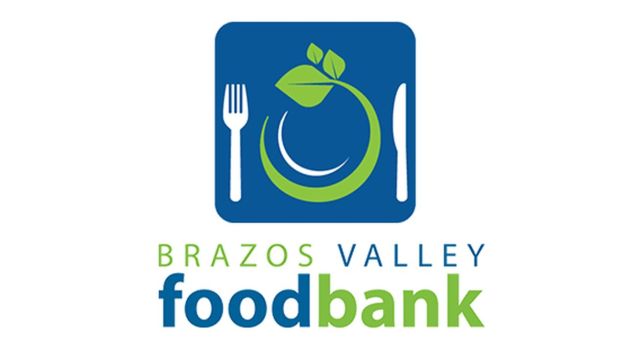
This is the last month eligible households can receive emergency SNAP benefits that were implemented during the pandemic.
Shannon Avila, Programs Director at the Brazos Valley Food Bank, discussed how this will impact the food bank and its partners.
“Combined with food supply restraints and inflation and the overall need in the Brazos Valley, we expect this reduction in SNAP benefits, will mean less resources for the individual household, which means it is more likely they’ll visit food pantries more,” says Avila.
Morayo Suara, BVFB’s Health Promotions Manager, reminds people who are losing the emergency benefits to check what other benefits they might be eligible for.
“Any changes at all, in the number of people in your household, or maybe your income went down, you should report that change,” advises Suara.
Click HERE to report any changes in your household.
Avila says they work with their network of food pantries throughout the year to increase capacity.
“One of the ways we are doing that this year is infrastructure grants to help them increase their cold storage or parking accommodations or their building so they can have and hold more clients and serve more neighbors,” says Avila.
Avila says they expect the reduction in SNAP benefits to increase traffic throughout their entire network.
You can help by volunteering or with a food or monetary donation. Find more information at bvfb.org.
Listen to “Emergency SNAP Benefits Ending this Month” on Spreaker.
News release from Governor Greg Abbott’s office:
Governor Greg Abbott today announced the Texas Health and Human Services Commission (HHSC) is providing more than $345.9 million in emergency Supplemental Nutrition Assistance Program (SNAP) food benefits for the month of February as the final extension of benefits. Congress recently passed legislation to establish February 2023 as the last month eligible households can receive emergency SNAP benefits. The allotments are expected to help about 1.6 million Texas households.
“The State of Texas has been able to help millions of families across our great state access the food they need to stay healthy,” said Governor Abbott. “We’re proud to have provided billions of dollars in supplemental benefits so Texans could have healthy and nutritious food options to take care of their families and loved ones.”
“We’re thankful that we’ve been able to help millions of Texans by providing more than $9.7 billion in additional benefits since the Families First Coronavirus Response Act was passed,” said HHSC Access and Eligibility Services Deputy Executive Commissioner Wayne Salter.
HHSC received federal approval from the U.S. Department of Agriculture to extend the maximum allowable amount of SNAP benefits to recipients based on family size. All SNAP households will receive a minimum of $95 in emergency allotments. This additional emergency allotment should appear in recipients’ accounts by February 28.
Due to the federal legislation passed by Congress, recipients will no longer receive additional benefits, and this benefit change cannot be appealed. SNAP households can find out how much their regular monthly benefit amount will be without the emergency allotment by logging into their account on YourTexasBenefits.com or the mobile app. They can also call 2-1-1, option 2.
For information and referrals to social services that include food pantries, housing, senior services, child care, or help to pay prescriptions, utilities, or rent, Texans can use the 2-1-1 Texas Information and Referral Network by dialing 2-1-1 and selecting option 1, visiting online at 211texas.org, or using the web-based chat.
Texans can also locate a HHSC-certified Community Partner to seek assistance.
Administered by HHSC, SNAP is a federal program that provides food assistance to eligible low-income families and individuals in Texas. Texans in need can apply for benefits, including SNAP and Medicaid, at YourTexasBenefits.com or use the Your Texas Benefits mobile app to manage their benefits.
